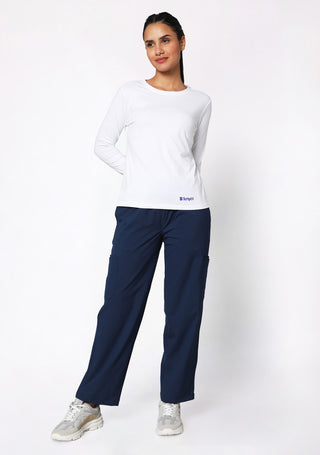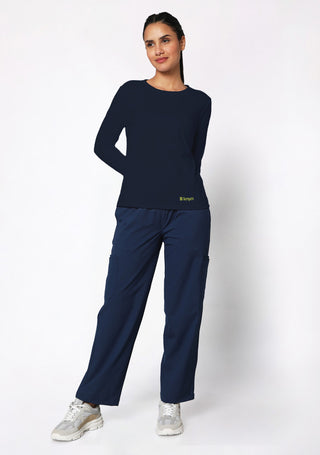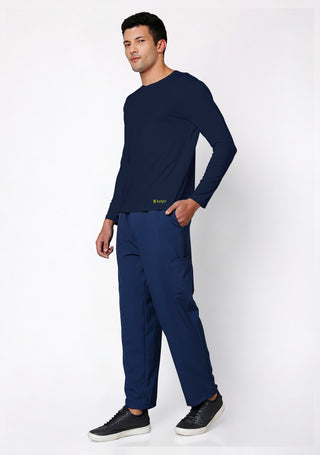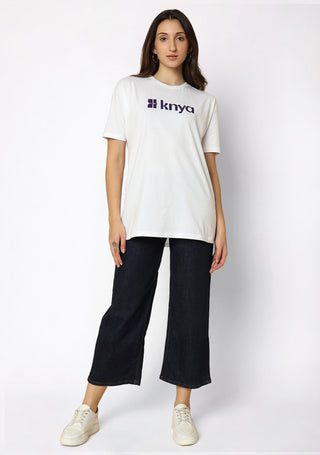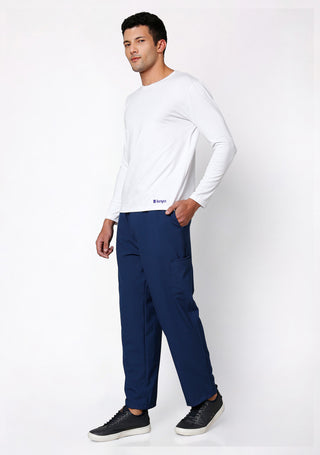The colour of scrubs worn by surgeons is much more than a matter of fashion — it’s rooted in history, science, and practicality. Green and blue dominate because they offer psychological calmness, reduce eye fatigue, improve contrast against blood, and maintain a clean appearance. Although traditions are strong, minor variations exist to accommodate hospital policies, surgical needs, and even individual expressions of style.
In the high-stakes, precision-demanding world of surgery, even the colour of clothing plays a vital role in ensuring that both surgeons and their patients have the best possible outcomes. So, the next time you see a surgeon in green or blue, you'll know it's not just for aesthetics — it's an essential part of saving lives.
A Brief History of Surgical Scrubs
Before the 20th century, surgeries were a much messier affair. Surgeons often wore their everyday clothes or white coats, symbolizing cleanliness. In the early 1900s, as medical science advanced and germ theory gained acceptance, hospitals began emphasizing sterile environments. Along with sterilizing tools and hands, special attire became necessary.
Initially, white was the chosen color for surgical clothing, representing purity and cleanliness. However, by the 1950s and 1960s, hospitals transitioned from white to green or blue scrubs. The reason? Under the bright lights of an operating room, white could cause eye strain and create intense glare. Moreover, after staring at red blood for long periods, surgeons would experience visual distortions when looking away. Green and blue, being opposite of red on the color wheel, helped ease the strain and enhanced visual contrast.
Common Colours of Surgical Scrubs
Today, while green and blue dominate, scrubs come in various shades and sometimes even other colors, depending on the hospital’s protocols. Here’s a closer look:
Green Scrubs
Why green?
Green is calming and easy on the eyes. It also reduces glare from bright surgical lights and helps surgeons better differentiate shades of red, particularly the different hues of blood and tissue. This clarity is crucial during intricate procedures. Additionally, green helps mask bloodstains, making the environment appear cleaner and less traumatic for medical staff.
Types of green:
- Hunter green
- Sage green
- Olive green
- Teal-green
Some hospitals even assign different shades of green to distinguish between departments (for example, light green for operating room staff and darker green for surgical teams).
Ready to explore our amazing scrubs collection? Browse the best here
Blue Scrubs
Why blue?
Blue has similar benefits to green. It is associated with calmness, trust, and concentration — essential qualities in a high-pressure environment like an operating room. Blue also reduces eye fatigue and provides a visual contrast to red, helping surgeons focus better.
Types of blue:
- Navy blue
- Sky blue
- Royal blue
- Caribbean blue
Some facilities reserve navy blue scrubs for senior surgeons, while lighter blue shades might be worn by surgical assistants or interns.
Other Colours
While green and blue are standard, some hospitals may introduce other colours for specific purposes:
- Grey or charcoal: For support staff who assist but don’t directly perform surgeries.
- Burgundy or maroon: Sometimes used in surgical units specializing in specific procedures like cardiovascular surgeries.
- Black: Rare in operating rooms, but used in administrative or surgical tech departments.
- Purple: Sometimes seen in pediatric surgical units to create a less intimidating atmosphere for children.
Hospitals often have strict colour codes to avoid confusion — patients can easily distinguish doctors from nurses, cleaning staff, or visitors based on the colour of their scrubs.
Psychological and Practical Considerations
The colour of scrubs isn't just about tradition; it has practical and psychological benefits:
Reducing Eye Fatigue
Staring at red tissues and blood for extended periods can exhaust the eyes. Colours like green and blue help “reset” the eyes. When a surgeon looks away from a wound onto their green or blue attire, it reduces the afterimage effect — a visual distortion where bright red appears greenish after prolonged focus.
Improving Focus and Calmness
Colours have strong psychological effects. Green and blue promote calmness, lower stress, and enhance focus — critical during high-stakes operations. In contrast, high-energy colours like red or orange could elevate stress or aggression, which are undesirable in a surgical setting.
Hygiene and Stain Masking
Blood, pus, and other bodily fluids are a messy part of surgery. Darker greens and blues mask stains better than white, ensuring a cleaner appearance even mid-surgery. This also helps maintain patient and staff morale.
Easy Identification and Role Clarification
Colour coding helps hospitals maintain order. By assigning specific colours to surgeons, nurses, anesthetists, and support staff, everyone knows who’s who in the busy, high-pressure environment of the operating room.
Tired of stiff, uncomfortable scrubs? Order the best jogger scrubs here and experience the difference
Fashion and Personal Preference: Is There Room?
Surgeons typically have little say in the colour of their scrubs. Hospitals provide uniforms or contracts with vendors to supply standardized clothing. However, within the boundaries of hospital rules, some surgeons express individuality through:
- Colourful surgical caps
- Patterned scrub tops (especially in pediatrics)
- Personalized embroidery (e.g., name and specialty)
- Fun prints for less formal days or specific wards (such as holidays)
Some institutions allow “surgeon's preference” scrubs in private practice, where surgeons may choose specific shades of blue or green.
Scrubs Beyond the Operating Room
Interestingly, the colour of scrubs can vary based on location within the hospital:
- Emergency Room: Often darker blue or green, practical for messy environments.
- Outpatient Surgery Centers: Lighter blues or greens, promoting a more welcoming, less clinical atmosphere.
- ICU or Recovery Rooms: Sometimes a different set of colours altogether to avoid contamination.
Portable scrubs (scrubs that staff change into and out of in the hospital) are also color-coded to ensure they are sterilized after surgery and not worn outside sterile areas.
Global Differences in Scrub Colours
Scrub colour conventions can differ around the world:
- United States: Mostly green and blue for surgical teams.
- United Kingdom: Dark green scrubs are common; NHS trusts often have standard colours.
- India: Many hospitals use light green or aqua blue.
- Japan: Navy blue is a common choice.
- Australia: Colours can vary between states but are often teal or blue-green.
Private hospitals sometimes allow more colourful variations, while public institutions stick to more traditional tones.




